Now is a great time to get organized in the New Year. Besides the usual closets, pantry, and garage, don't forget about organizing your garden sheds , too. A neat and organized garden shed will help ensure you have a healthy, productive, and thriving garden.
Take a look at this garden shed, from a client of Karen Contreras of Urban Plantations. Urban Plantations is a design and maintenance of edible landscape for an urban environment in the Greater San Diego area.
Check List for Your Garden Shed: 1) A garden shed should be clean, and well lit. The door opening is big enough to move bulky tools and bags around easily. 2) Keep a huge calendar to jot down, when seeds and seedlings were planted, harvest dates, and important days to remember. 3) A huge white board, keeps your "To Do" list visible and on track. 4) A cork board keeps important charts and papers in place, and easily accessible. 5) A place to hang a garden hat and coat is a must.
6) Garden tools are clean, organized, and hung up on a wall. 7) Sturdy shelving provides space and organization for garden products.
Take a cue from this garden shed, and start your gardening year on the right "hoe." Please share if you have a garden shed for your tools, equipment, and products. Please comment how you organize your garden shed.

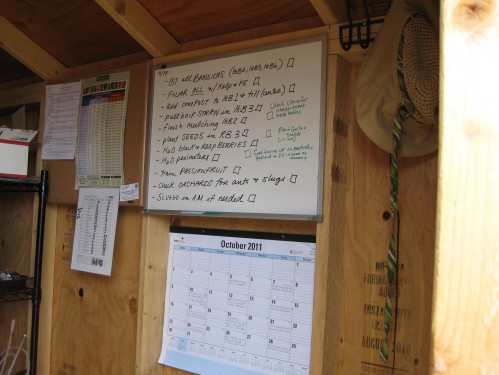
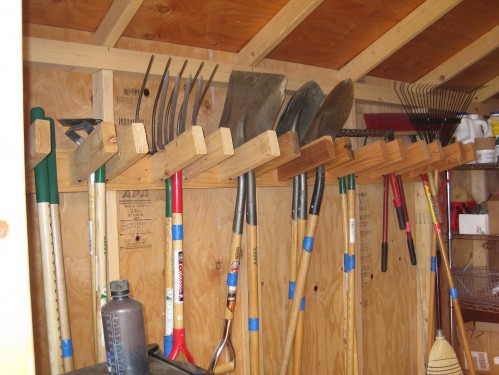

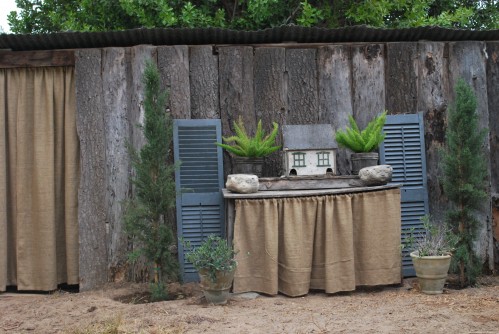
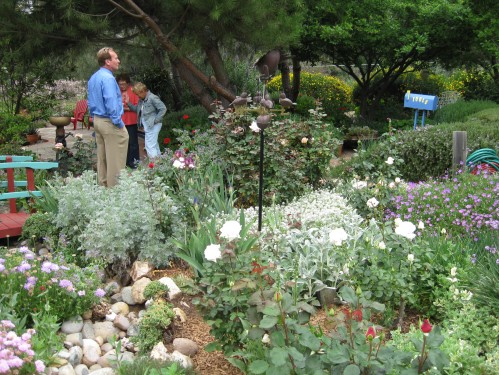
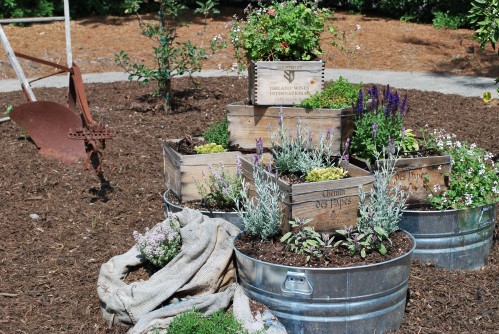
 , where she describes how to stagger and arrange different size half-wine barrels for a perfect container grouping.
, where she describes how to stagger and arrange different size half-wine barrels for a perfect container grouping.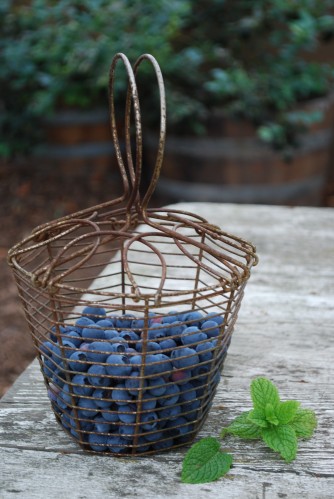
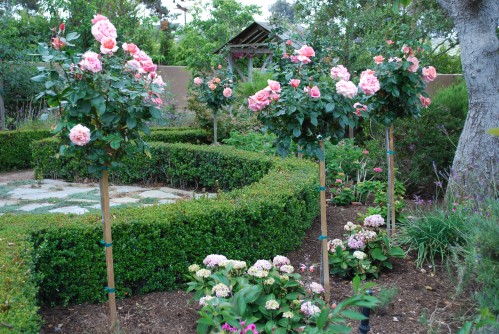 How many of you have heard of
How many of you have heard of  This is a new category first called "Garden Economizing", which will offer you wonderful economic and often ecological tips to save you money in your garden, yet enhancing your garden.
This is a new category first called "Garden Economizing", which will offer you wonderful economic and often ecological tips to save you money in your garden, yet enhancing your garden.